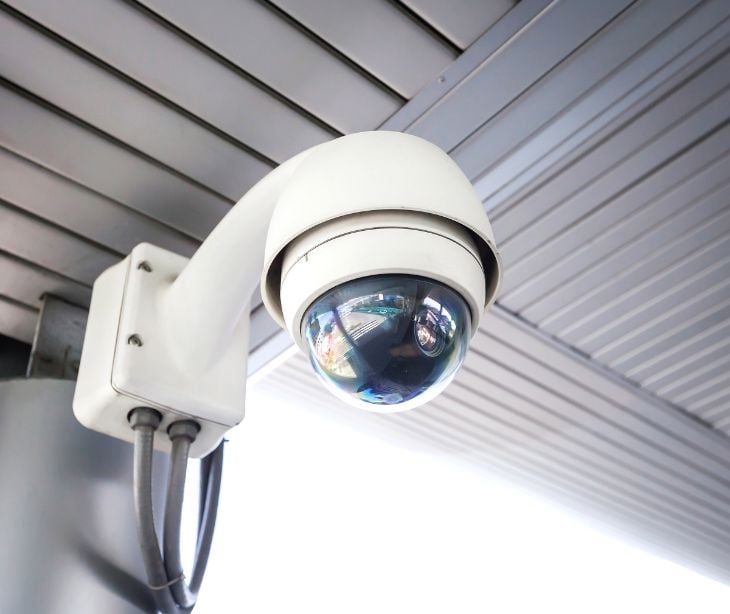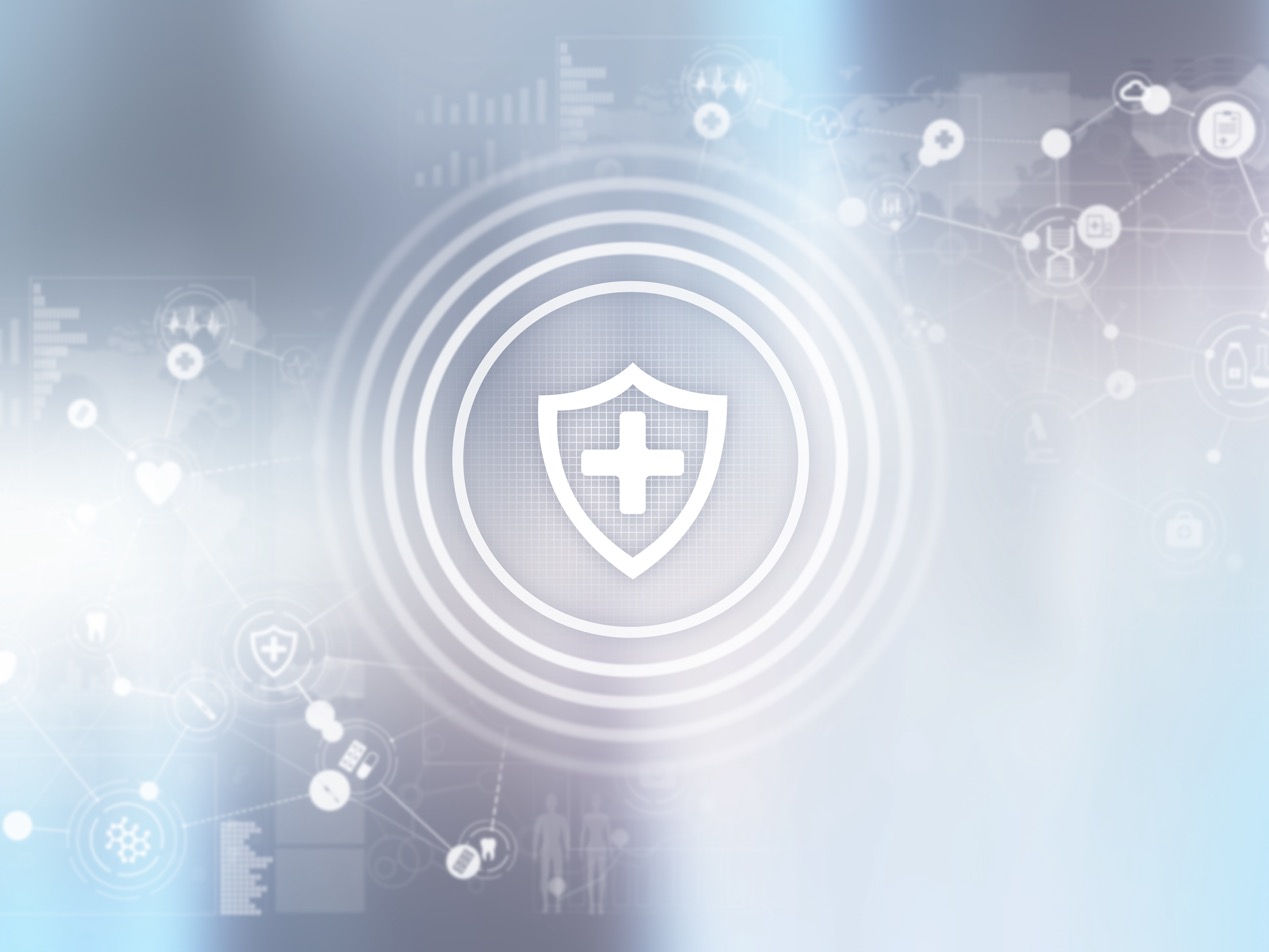
When implemented collectively, administrative safeguards, technical safeguards, and physical safeguards work together to ensure the protection and security of patient information. An in-depth understanding of each one allows healthcare organizations to understand their responsibilities in protecting patient data.
Understanding physical safeguards
Physical safeguards are security measures found within HIPAA's Security Rule. It is implemented to protect an organization's physical assets, such as buildings, facilities, equipment, and sensitive information. These safeguards are designed to prevent unauthorized access, damage, theft, or loss of physical resources. They are commonly employed in various domains, including information security, healthcare, and critical infrastructure.
Related: HIPAA Compliant Email: The Definitive Guide
Implementing physical safeguards
- Perimeter security: Physical barriers like fences, gates, walls, or security guards are used to control and monitor access to a facility or restricted area.
- Surveillance systems: Video cameras, motion detectors, and other monitoring technologies are deployed to record activities and detect unauthorized access or suspicious behavior.
- Alarm systems: Intrusion detection systems and alarms are installed to alert security personnel in case of unauthorized access attempts, breaches, or emergencies.
- Fire protection: Fire suppression systems, smoke detectors, fire extinguishers, and emergency evacuation plans are implemented to mitigate fire risks and minimize potential damage.
- Environmental controls: Temperature and humidity monitoring systems are employed to protect sensitive equipment or materials requiring specific environmental conditions.
- Secure storage: Physical assets and sensitive information may be stored in locked cabinets, safes, or data centers with restricted access to prevent theft or unauthorized disclosure.
- Data destruction: Proper procedures for the disposal or destruction of physical media (such as hard drives, tapes, or papers) ensure that sensitive information cannot be retrieved once it is no longer needed.
Benefits and Impact of physical safeguards
Implementing physical safeguards in healthcare organizations offers multiple benefits, including the protection of valuable assets such as medical equipment, pharmaceuticals, and research data. Visible physical safeguards act as deterrents to criminal activity, reducing the risk of theft, vandalism, and security breaches.
These safeguards also contribute to uninterrupted operations by ensuring backup power systems, environmental controls, and disaster recovery plans, which mitigate risks and maintain critical services during adverse events.
Challenges with physical safeguards
Implementing physical safeguards in healthcare organizations poses challenges in striking the right balance between security and accessibility. Restrictive safeguards can hinder workflow, productivity, and patient care. The reliance on intrusion detection systems and alarms may lead to false alarms and staff complacency, requiring regular maintenance and testing.
Implementation complexity varies based on the organization's size and complexity, involving assessments, strategic development, technology integration, and regulatory compliance.
Related: How to develop HIPAA compliance policies and procedures
Best practices to navigate the physical safeguards
- Conduct a security assessment: Assess the facility's physical security needs, vulnerabilities, and compliance requirements.
- Develop a physical security plan: Create a comprehensive plan that outlines specific physical safeguards and measures to be implemented.
- Implement video surveillance: Install video surveillance cameras strategically throughout the facility, including entrances, exits, and critical areas. Ensure cameras cover blind spots and high-security zones.
- Secure storage and locking mechanisms: Implement secure storage solutions, including locked cabinets, safes, or rooms, for storing medications, controlled substances, and confidential documents. Ensure proper access controls and logging mechanisms are in place.
- Visitor management protocols: Develop visitor management procedures, including sign-in processes, visitor badges, and escorts for authorized visitors.
- Enhance perimeter security: Install physical barriers such as fences, gates, or turnstiles to control access to the premises. Use intercom systems or access control gates to verify visitor credentials.
- Establish emergency preparedness plans: Develop comprehensive emergency preparedness plans that include evacuation routes, backup power systems, fire suppression systems, and communication protocols.\
Go deeper:
Subscribe to Paubox Weekly
Every Friday we'll bring you the most important news from Paubox. Our aim is to make you smarter, faster.




